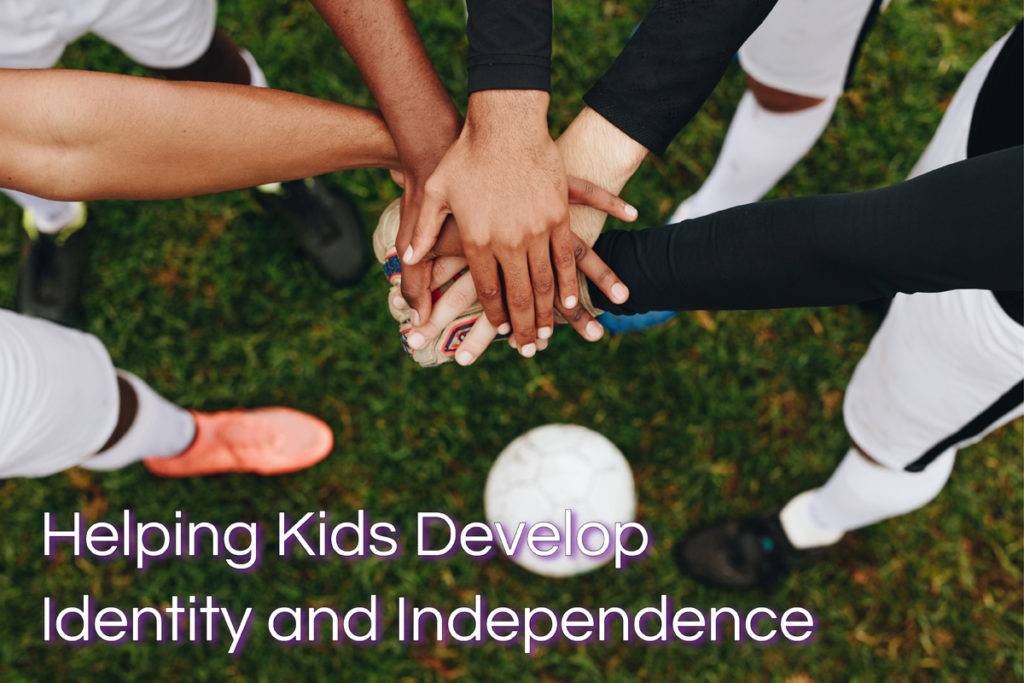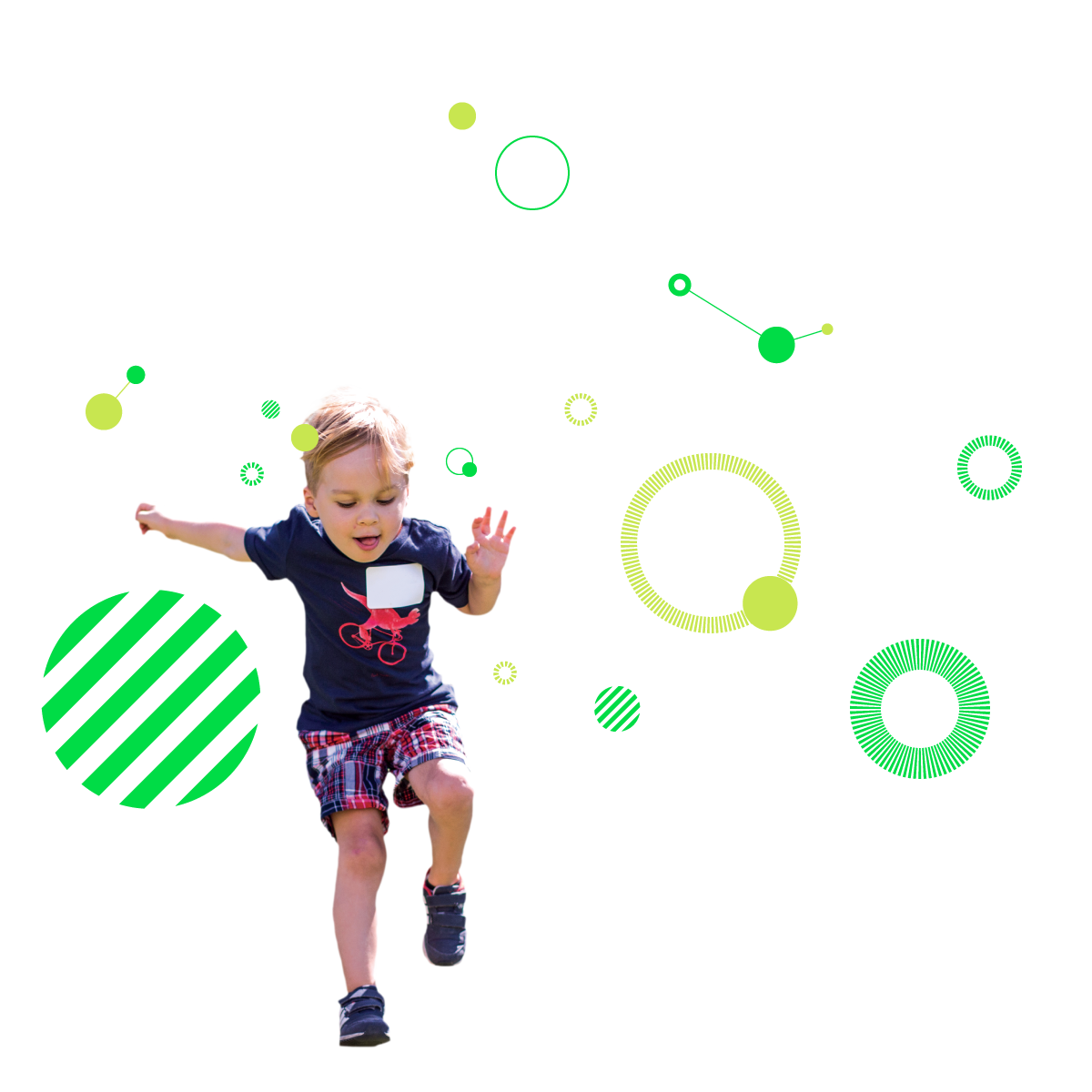This week’s blog entry was written by Gaby Akana, Assistant Head of School and Middle School Head, as part of a parent coffee hosted by the Middle School Deans on Dignity in Discipline.
 The word discipline originates from the Latin root discere which means “to learn” and forms other derivatives like disciplina which means “instruction” and discipulus which means “disciple or pupil.”
The word discipline originates from the Latin root discere which means “to learn” and forms other derivatives like disciplina which means “instruction” and discipulus which means “disciple or pupil.”
In middle school, a disciplinary process rooted in the intention of “learning” rather than “punishment” lends itself best to personal development, as the middle school years are filled with abundant opportunities for growth. Catalyzed by pituitary glands, physical metamorphoses explode, causing bodies to rapidly change. Brains are growing and pruning neural pathways, and emotions seemingly run amok as a result of overstimulated amygdalae.
All of this change occurs against a backdrop of extreme self-consciousness, as children try to find a sense of identity while navigating a sometimes overwhelming need to fit in with peers.
It is within these transformative moments during the formative middle school years that those of us who specialize in middle school education find the beauty and challenge of teaching. By utilizing the copious research on human and brain development, we are able to design a program and support system that is best suited for learning at this unique stage.
Every aspect of Turning Point’s middle school program is specifically curated to address students’ needs during this time. Specifically, our advisory program and small class sizes are designed not to protect them from these changes, but to observe them closely, to intervene compassionately, and to provide active, timely guidance and coaching through the difficulties that inevitably arise. Strong forces such as brain biology, hormones, peer pressure, and heightened emotional sensitivity work against kids’ ability to make good decisions. Therefore, we know that a support network will only be successful if it provides time for incremental progress and promotes emotional connectivity, trust, and a sense of belonging.
Given the research on brain development, it would be irresponsible to subscribe to a binary definition of behavior when working with middle schoolers (or any child, for that matter). There is no such thing as a “good kid” or a “bad kid.”
We expect that all students will test boundaries at some point, and we respect their desire and space to practice independence. Research also tells us that adolescent students’ capacity for decision-making is impaired by their biological drive for risk-taking, so we also expect that this will inevitably manifest in poor choices at times. So, how do we respond to these biological tendencies in a way that reflects our understanding of the brain, while maintaining the core values that sustain our school culture?
Connecting our Primary Montessori roots through the Elementary and Middle School years, we honor each child’s individual path of growth and nurture her/his sense of self-respect and responsibility toward their community. This holistic approach requires continual modeling, explicit teaching, and tireless encouragement of a growth mindset as children strive for independence and identity within a community they hold dear.
In short, we maintain respect for every child and advocate for them equally, while addressing their mistakes directly, swiftly, fairly, and confidentially. This is to ensure that every child involved emerges from difficult moments with new knowledge about themself, with sustained trust in their community, and with their dignity intact.
What does this practice truly look like on a daily basis? It necessitates mobilizing advisors and deans as advocates; arming them and the students with a shared lexicon and clear processes that empower students to develop metacognition and emotional intelligence. It requires that parents and faculty have an objective view of the children’s’ experiences, so that we can serve as sage sounding boards — both when responding to their own decisions and when reacting to others’ choices. For example, we expect that when physical games or verbal banter become escalated, boundaries will inevitably be crossed, and that’s when we employ the language and structures already embedded to coach kids through the conflict.
Adolescent brains are wired to be hyper-aware of social distress and cause them to be prone to exaggerated reactions to perceived reality. Because of this unusually heightened sensitivity, we strongly encourage parents to resist the temptation of applying an adult lens to a child’s report of social interactions. While we recognize that children’s feelings are 100% real, we also understand that their reactions are often over-the-top.
As parents, it is really tough to see our children suffer, but remaining objective allows us to better provide a stable anchor of support. Unless it is an urgent safety concern, swooping in and rescuing our children gives them a message that we don’t trust them enough to manage things themselves, and it robs them of a unique learning opportunity.
At Turning Point, when a child reports that s/he is experiencing difficulty, we first ask, “How did you handle that? What do you plan on doing about it?” We explore their initial tendencies and discuss their gut reactions and the emotions behind them. We then explicitly teach students what is happening with their brains and bodies, and how this affects their interactions. We explain (and have to repeat many times) the importance of establishing and respecting boundaries, and we have ongoing conversations about intentions vs. impact, especially when it comes to microaggressions (caution — strong language in this video). We take the time to deconstruct these moments in order to re-imagine the next challenge.
Throughout the process, we invite students into the conversation by practicing active listening and allowing ample time for reflection. We challenge students to design a plan for repairing relationships and restoring the community. As opposed to randomized punishments that alienate students, we design a path of reparation that is directly connected to the infraction.
Students learn that there are consequences for their choices, and they are held accountable for their behavior. We make sure that their humanity remains intact throughout, and that they use these moments to build skills needed to self-regulate going forward (Start this Tina Payne Bryson video at minute 2:00).
The work it takes to implement this approach in close partnership with families (and sometimes with outside specialists) is not immediately visible; the thoughtful debates at faculty meetings, difficult phone calls and parent meetings, ongoing coaching of students, etc. are not easy to fathom from the outside. Students on the periphery may report that “nothing is being done” because they are not privy — and cannot be privy — to all that is being done. Because we use these moments as teaching opportunities, we must avoid shaming, humiliation, or overly harsh public reactions so that learning can occur.
From a casual outside perspective, it could be tempting to label this as a permissive approach. However, it is vital for us as adults to avoid the temptation to place our own outdated paradigms of discipline onto what we now know about pre-adolescent and adolescent brains.
On the contrary, an approach that recognizes the human nature of exploratory choices, respects the primal roots of proving one’s status among peers, and honors the innate need for children to become independent from their parents, enables students to become more accountable for their choices, not less.
More importantly, it enables us to preserve trust and build connection, so that students are more apt to proactively seek support and advice before the next set of circumstances lead to a potentially bad choice. Therein lies the learning; these are the skills that they will take to high school and beyond: a more mature and whole understanding of self, a greater sense of responsibility to the community, and the dignity and humility to learn from one’s mistakes.
Best,
Gaby
Gaby Akana
Assistant Head of School | Middle School Division Head
gakana@turningpointschool.org



































I couldn’t have said it better, no-one could!